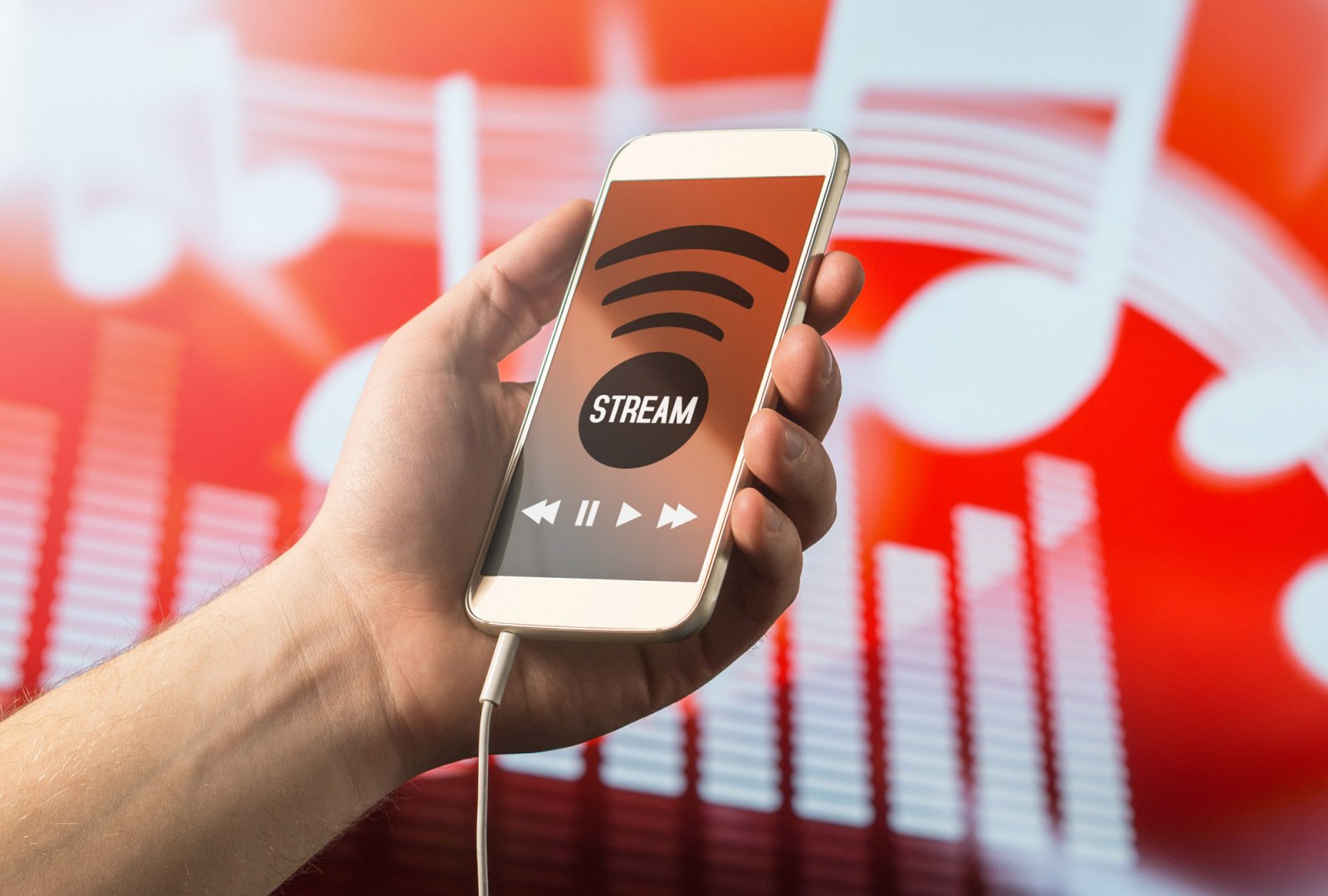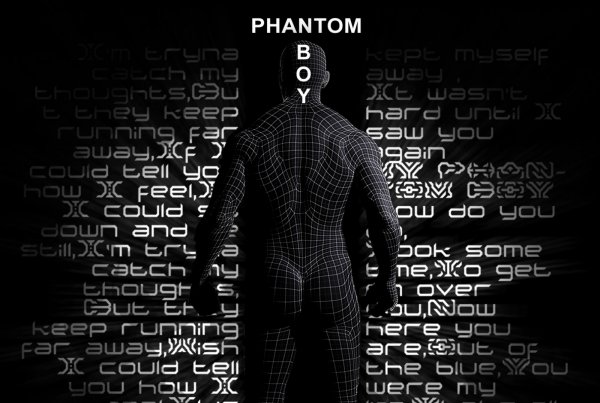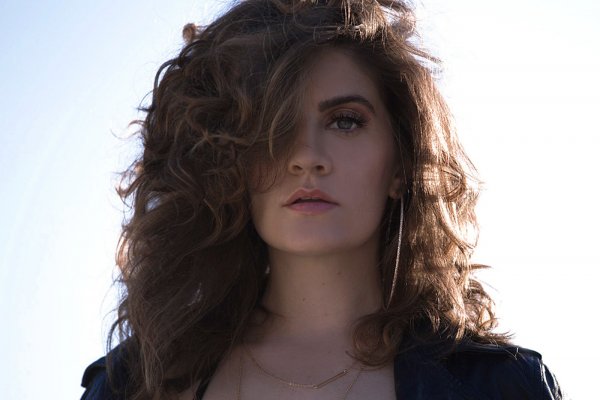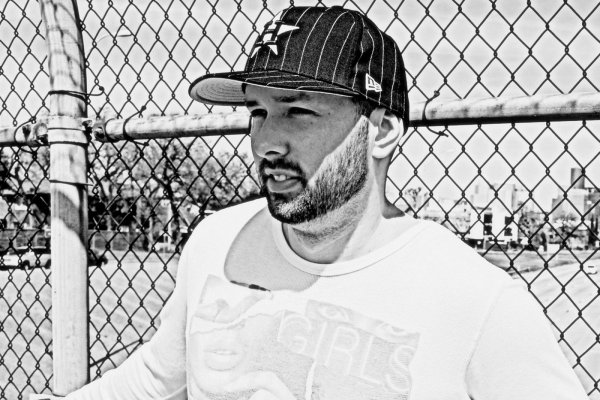Islands in the Stream
The music industry is a strange mix of early adopters and traditionalists, of trailblazers and conservatives, and nowhere is this more apparent than when a new technological development arrives. In the past musicians worried themselves sick at the prospect of new recording technology replacing them. Band leaders were concerned when juke boxes became popular, drummers frowned at drum machines, and guitarists sneered at computer sequenced music. Then vinyl DJs fought against digital DJs, analogue synth nerds competed with their digital synth championing counterparts, and the entire industry had a collective nervous breakdown over file sharing and MP3s. So it is perhaps unsurprising that streaming services were the target of many artists’ and labels’ anger at the larger changes wrought in the industry following the digital revolution.
Spotify, the largest of the current crop of streaming services with over a 100 million monthly active users, has felt the brunt of the criticism. Much like early days of digital technology, the arguments against streaming services were quickly repeated until they became a mantra: any profits were unfairly distributed to larger artists at the expense of smaller acts, and there have been many online stories of artists receiving hundreds of thousands of plays but tiny amounts of renumeration.
Spotify have said that the average amount they pay to a publisher for a stream is around $0.006 and $0.0084. In fact, working out the ‘average’ fee an artist might receive for a stream is more complicated than it might seem. The retailer and distributor (they may or may not be the same party) will take between 20% and 40%, depending on if the artist is signed or unsigned. If the artist is signed, then they may pay half their streaming royalties to their label as well. Any streaming royalties will be paid to a publisher whose fees vary, and artists may be in one of many different possible ownership and contractual scenarios that would affect their % share. Also, the amount available for artists will depend on the overall performance of the streaming service. Data journalist Dave McCandless estimated in 2015 that for an artist to earn a monthly US minimum wage of $1260 they would need 1,117021 Spotify streams if they were a signed artist and 180,000 if unsigned.

However we work it out, the % share for an artist per stream looks tiny when compared to say $0.99 for a single download, but when evaluating streaming, we need to look further than the renumeration from a single stream. With streaming, the old profit and loss model of a single release is irrelevant because a single stops making money once it has been sold, whereas a streamed release might have a much longer life in terms of generating revenue. The rate for a single stream is tiny, but the stream doesn’t happen in isolation: if I favourite a track and play it a 1000 times over my life this might be better for an artist than a $0.99 download, particularly as others will interact with the track due to the communal nature of streaming services (checking out others’ play lists, sharing favourite tracks and so on).
This is why even underground labels like Matt Black’s (Coldcut) Ninja Tune’s being just one of many who are now reporting that streaming is an increasing part of their income (in Ninja Tune’s case, Spotify have overtaken Apple earnings and currently generate around a quarter of Ninja Tune’s income - Brighton Music Conference 2017). This is a pattern that is being repeated across the industry as streaming becomes more and more popular with consumers and as a generation grows up with streaming as the norm.

The nature of streaming services, the way they work and the way the user interacts with them is unique and is reshaping the landscape for artists and consumers. Aside from an entirely new distribution and consumption structure, there have been other changes too. For example, there are now have artists with huge Spotify followings simply due to their music making it onto popular playlists; but these artists have no corresponding fan base on social media, and with no corresponding downloads, either legal or illegal. Their success exists purely in the playlists of Spotify.
This is a completely new model and follows the decline in the popularity of owning a ‘local copy’ - either a piece of vinyl, a CD, a cassette, or an MP3 or Wav file. Streaming allows the concept of owning a collection of music in any physical sense to become obsolete. Soon, the only people left who will need a local copy will be the collectors and the DJs. DJ streaming is the next logical step, and the only reason that this hasn’t happened yet is that the particular needs of the DJ - to be able to access all their music in places where there may not be WIFI, and the need to be able to re-edit an actual file - cannot yet quite be satisfied by the available technology. But they will, and once DJ -friendly streaming is available, DJ download culture will likely just quietly slip away, leaving just the rare record dealers, collectors and vinyl fetishists as the last bastion of music collectors.
Tracing the changing attitudes of the larger music industry to streaming, it is interesting to notice parallels with the reaction to the introduction and growth of CDs in the early to mid-1980s. Then, the orthodoxy was that CDs sounded ‘brittle’ and that digital sound was harsh, cold and lacked some essential magic that could only be captured with a purely analogue signal path. In the early days of CDs this was certainly true for some recordings, but artists, producers and sound engineers of the very highest calibre, literally the very best in the world, have been working in or with digital sound for years and this simply is no longer the case. Yet the accusation of ‘cold, harsh’ digital sound is still repeated now, as though there has been no innovation or improvement in the field for the three decades since CDs were introduced. There is a similar continuing distrust of streaming services, despite the fact that many labels and artists are reporting that streaming is becoming an ever more important revenue stream: the word on the street is often still that streaming services are ‘the enemy’, just like digital audio was three decades ago.
There is no denying that streaming is here to stay and is increasingly important financially to artists and labels. The wider industry now seems a lot more accepting of the realities of streaming, and unless something else, wildly radical and unexpected turns up in its place, it is likely to become the de facto method of music consumption. In this context, it is, of course, important that the independent, small artists and producers stand up for their rights with regard to royalties - this is a fight that is as old as the music industry itself. However, it would do no harm for this commitment to fairness to be tempered with a degree of acceptance of the reality of the situation. Streaming is here to stay - at least until the next major music industry revolution occurs!
Harold Heath is a freelance writer who contributes to iDJ Magazine, Thump, Ministry of Sound, Traxsource etc. When not writing words about music, Harold is a DJ, producer and music tech teacher.




